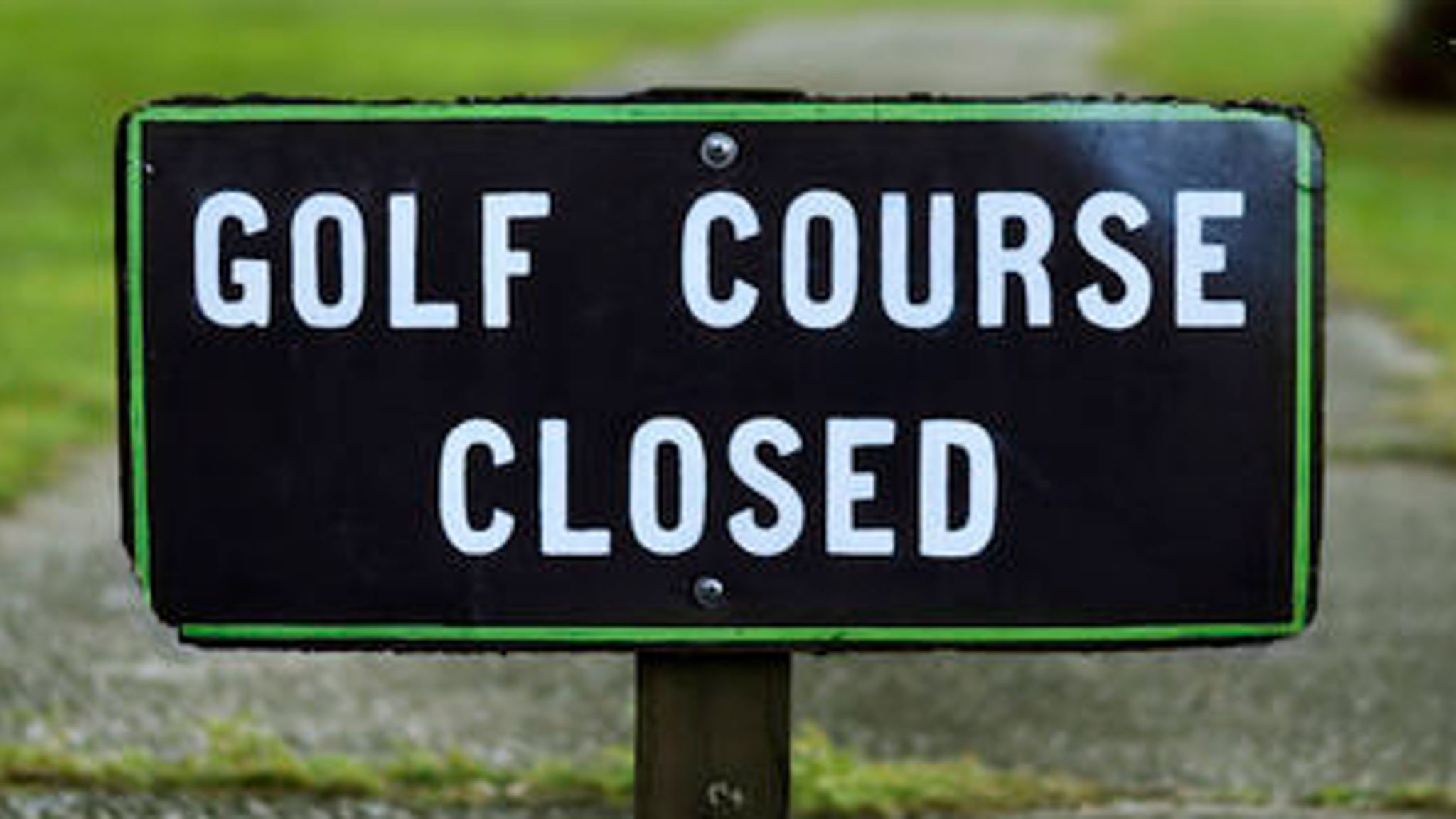
1 in 6 Golf Clubs in Britain Face Potential Closure: How Social Media Can Turn the Tide
Archie Molloy | 13th, Jan 2025
A recent article by Golfshake reveals a stark reality: 1 in 6 golf clubs in Britain are at risk of closure. The report highlights economic challenges, dwindling memberships, and shifting demographics as key factors contributing to this unsettling trend. For an industry steeped in tradition and community, the potential loss of these clubs poses not just a financial threat but also a cultural one.
However, there is a silver lining. The digital age, particularly the social media boom, offers golf clubs an unprecedented opportunity to reach new audiences, retain current members, and rejuvenate interest in the sport.
The Challenges Facing Golf Clubs
Golf clubs face mounting pressures, including:
Economic Uncertainty: Rising costs of maintenance, staffing, and utilities stretch budgets thin.
Membership Declines: The traditional member base is aging, with fewer younger players joining to fill the gap.
Perception Issues: Golf is often perceived as inaccessible or overly exclusive, deterring potential players.
Competition for Leisure Time: With countless entertainment options available, golf struggles to maintain its share of consumers’ time and money.
Social Media: A Game-Changer for Golf Clubs
Social media has transformed how businesses connect with audiences, and golf clubs can leverage this powerful tool to address their challenges. Here’s how:
Attracting Younger Members: Platforms like Instagram and TikTok are dominated by younger audiences. By sharing visually engaging content, such as drone footage of the course, behind-the-scenes operations, or golf tips from pros, clubs can capture the attention of millennials and Gen Z.
Showcasing Accessibility: Social media provides a space to break down the misconception that golf is exclusive. Highlighting beginner-friendly initiatives, women’s leagues, and family days can showcase inclusivity and attract diverse demographics.
Engaging Current Members: By maintaining an active presence on platforms like Facebook, clubs can foster a sense of community. Posting updates, celebrating member achievements, and promoting events keep existing members engaged and invested.
Promoting Events and Offers: Social media is an ideal platform for advertising tournaments, open days, or limited-time discounts. Paid campaigns on Facebook and Instagram can target specific audiences, such as local residents or those with a history of engaging with golf content.
Building Brand Loyalty: Sharing the club’s story, celebrating its history, and showcasing its role in the community fosters emotional connections with followers. This builds brand loyalty and encourages word-of-mouth promotion.
Realising the Potential
Golf clubs that embrace social media as part of their marketing strategy can achieve remarkable results. For instance:
Increased Memberships: A golf club that actively promotes its beginner-friendly programs and hosts social media contests to win free lessons could attract more memberships.
Improved Revenue Streams: Highlighting the club’s restaurant, pro shop, or corporate event offerings through visually appealing posts can boost ancillary revenues.
Enhanced Community Presence: Sharing testimonials, charity initiatives, and local partnerships can cement a club’s role as a community hub.
A New Audience Awaits
The digital boom of social media provides a unique chance for golf clubs to reinvent themselves. By connecting with new audiences and adapting to modern communication methods, clubs can combat declining memberships and financial struggles.
For golf clubs in Britain facing closure, the key lies in embracing change. With the right social media strategy, clubs can not only survive but thrive, bringing the joy and benefits of golf to a whole new generation.
Related Blogs

Why Golf Clubs need a CRM System:
Customer Relationship Management (CRM) systems are essential tools for modern businesses, and golf clubs are no exception...

Women in Golf: Past, Present, and Future:
Golf has long been perceived as a male-dominated sport, with significant barriers to entry for women...

How Golf Clubs Are Using Social Media:
In today's digital age, UK golf clubs are increasingly leveraging social media to boost tee time bookings and expand memberships...
Navigation
Navigation
© Copyright 2022. Expand Media. All rights reserved.
